Optimal Timing for Land Clearings
Land clearings involve removing trees, brush, and debris to prepare land for construction, agriculture, or development projects. Timing can significantly impact the efficiency and cost-effectiveness of the process.
Spring offers favorable weather conditions, with moderate temperatures and increased daylight, making it suitable for land clearing activities.
Summer can be challenging due to higher temperatures and potential for drought, but it provides longer working hours and dry conditions for machinery.
Fall is ideal in many regions, with cooler temperatures and less precipitation, reducing delays and soil compaction issues.
Winter may limit land clearing due to frozen ground and inclement weather, but in milder climates, it can be a suitable off-season option.
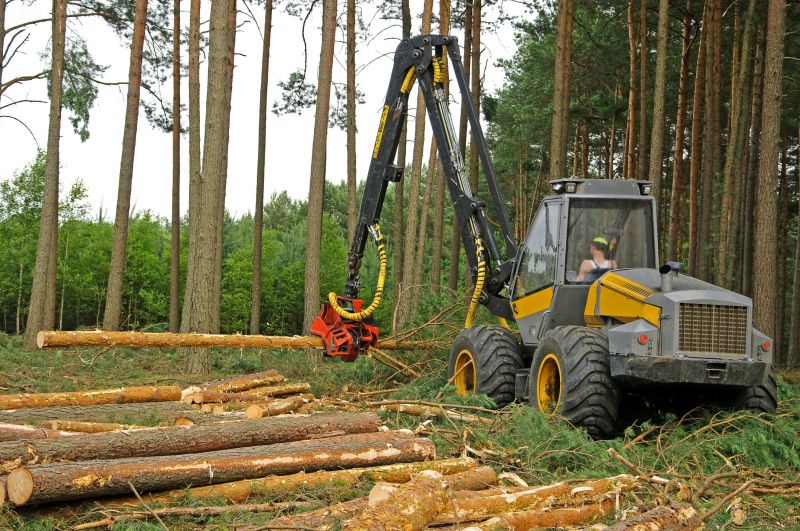
Heavy machinery clearing land during optimal seasons.
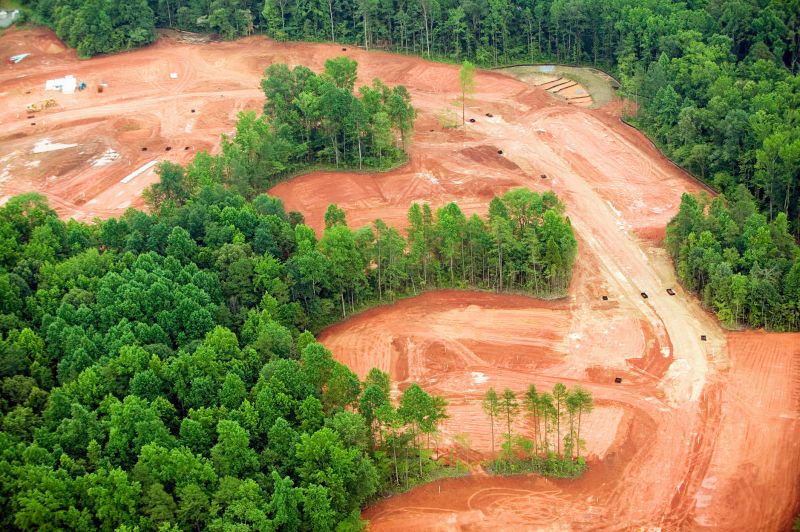
Prepared land with minimal vegetation after clearing.
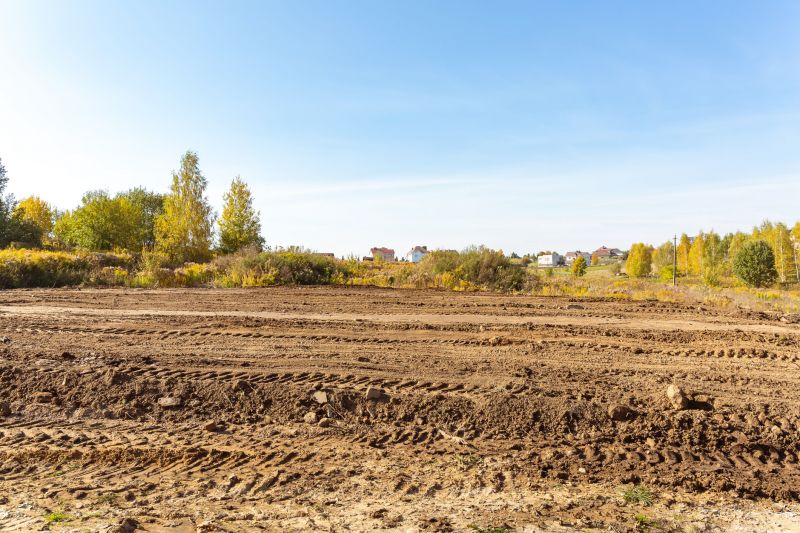
A land site showing seasonal changes affecting clearing activities.

Ways to make Land Clearings work in tight or awkward layouts.
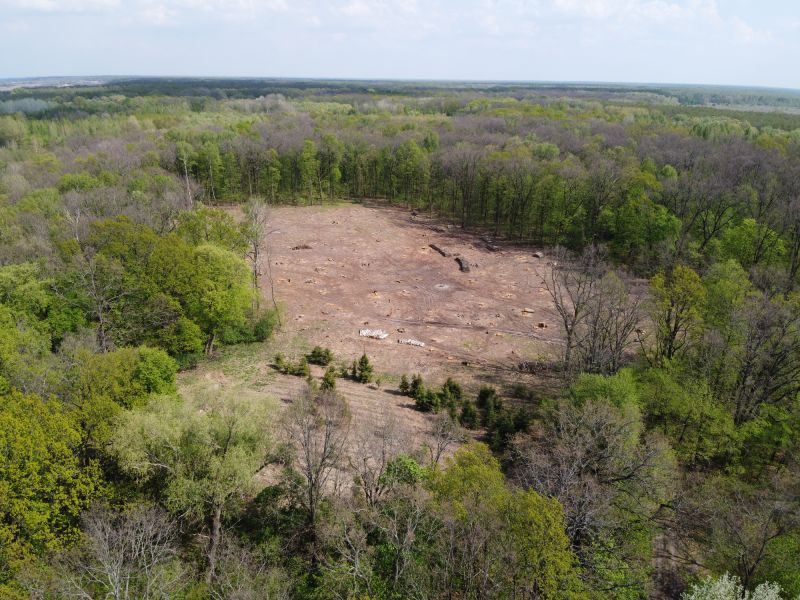
Popular materials for Land Clearings and why they hold up over time.

Simple add-ons that improve Land Clearings without blowing the budget.

High-end options that actually feel worth it for Land Clearings.

Finishes and colors that play nicely with Land Clearings.
| Season | Advantages |
|---|---|
| Spring | Moderate weather, longer daylight hours, ideal for extensive clearing. |
| Summer | Longer work hours, dry conditions, but risk of heat-related delays. |
| Fall | Cooler temperatures, less rain, suitable for most projects. |
| Winter | Limited in colder climates, but possible in milder regions. |
Land clearings are a crucial step in preparing a site for construction, agriculture, or development. Proper timing ensures efficient removal of vegetation and debris, reduces project delays, and minimizes costs. The choice of season can influence soil stability, equipment operation, and safety conditions. In regions with distinct seasons, spring and fall typically provide optimal weather conditions, while summer and winter may pose challenges depending on local climate.
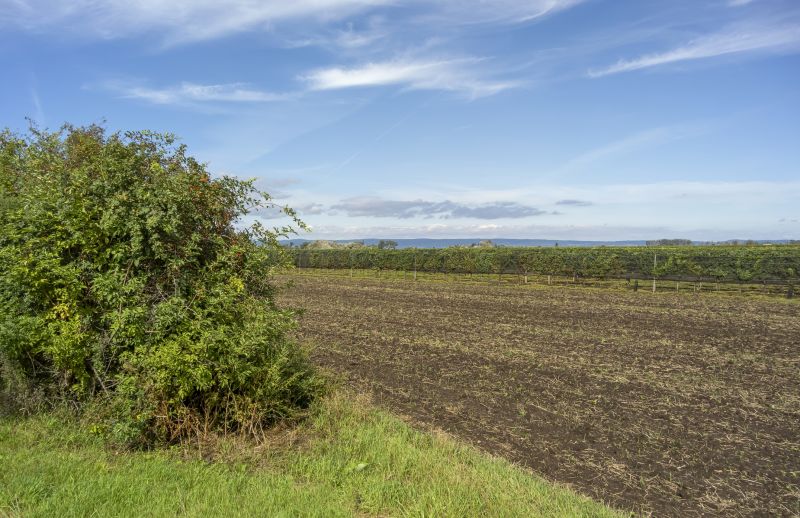
Springtime land clearing with blooming surroundings.
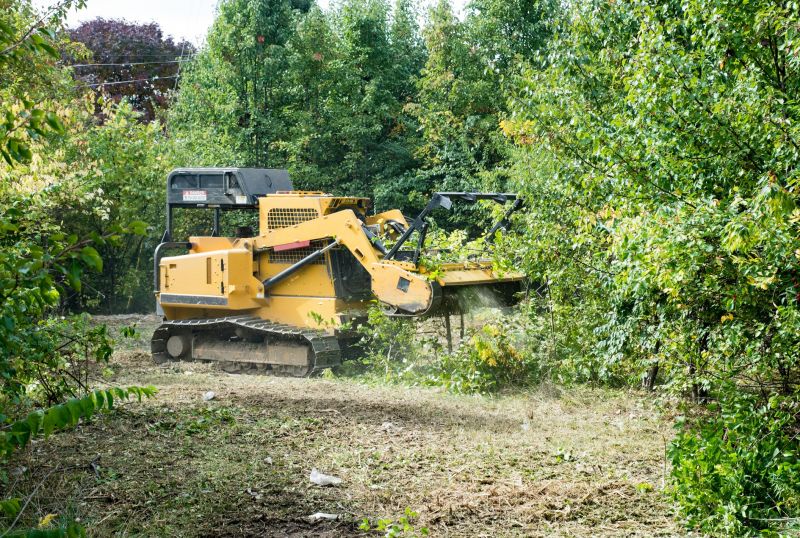
Machinery working during warm summer months.

Cleared land ready for winter or further development.

Land clearing in milder winter conditions.

Little measurements that prevent headaches on Land Clearings day.

A 60-second routine that keeps Land Clearings looking new.
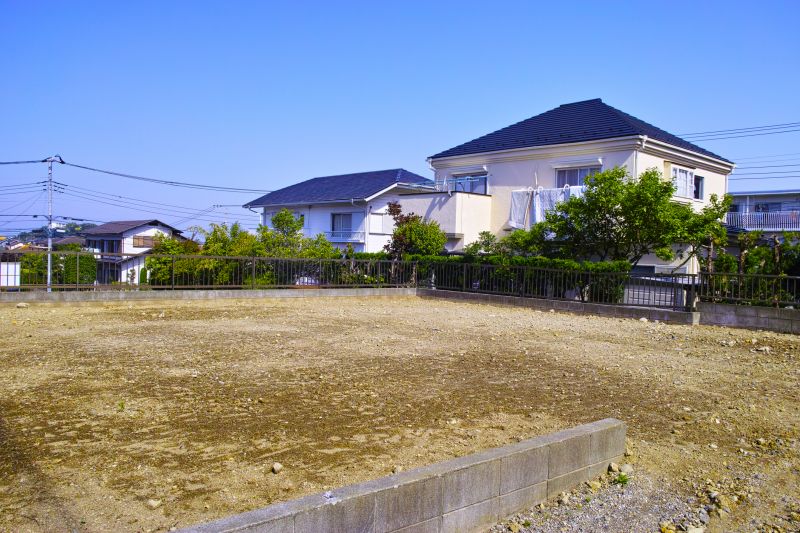
A frequent mistake in Land Clearings and how to dodge it.

Small tweaks to make Land Clearings safer and easier to use.
Choosing the right time for land clearing can enhance operational efficiency and reduce environmental impact. It is advisable to consider local weather patterns, soil moisture levels, and project timelines when planning activities. Consulting with land clearing professionals can help determine the most suitable season for specific site conditions.
Interested parties are encouraged to contact for more information or to discuss land clearing options tailored to their project needs.


